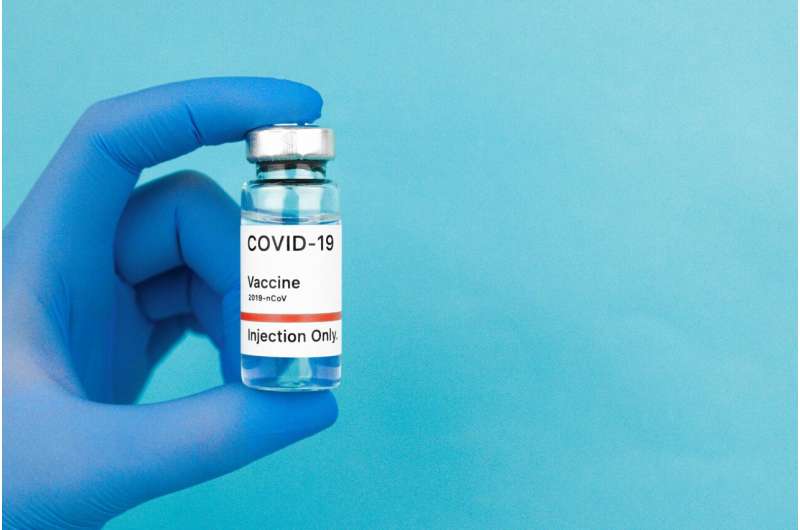Innovative Tool Uses Data Science to Trace the Origins of Neurological Diseases

Carnegie Mellon researchers introduce causarray, a data science tool that uncovers the genetic causes of neurological diseases like Alzheimer's and schizophrenia, advancing causal analysis in genomics.
Researchers at Carnegie Mellon University have developed a groundbreaking statistical tool called causarray, designed to identify the genetic alterations responsible for complex neurological conditions such as Alzheimer's and schizophrenia. While significant progress has been made in linking specific genes to these diseases, pinpointing the actual causative genetic changes remains a challenge. Causarray employs advanced data science techniques to move beyond mere associations and infer causal relationships.
Dr. Kathryn Roeder, a UPMC University Professor of Statistics and Life Sciences, explained that causarray has demonstrated effectiveness in detecting meaningful genetic variations. The tool leverages concepts of unmeasured confounders—hidden factors influencing cellular behavior that are often overlooked in traditional analyses. For example, in CRISPR gene-editing studies where specific genes are knocked out, causarray helps estimate what would have happened in the absence of such intervention, thus working with counterfactual scenarios.
This approach is essential in addressing the limitations of standard methods that fail to consider hidden variables like cell cycle states or environmental conditions, which can impact the results independently of genetic modifications. By analyzing vast gene expression datasets, causarray identifies common patterns across genes, revealing underlying confounders and enabling researchers to distinguish causation from mere correlation.
Lead author Jin-Hong Du emphasized that although counterfactual analysis is not new, applying it to genomics with causarray represents a significant advancement. This technique provides clearer insights into disease mechanisms, which are crucial for progressing toward targeted therapies. The tool’s ability to interpret complex genetic data could accelerate discoveries in understanding brain disorders and other neurological diseases.
The findings from this study have been published on bioRxiv, showcasing the potential of causarray as a powerful statistical aid in biomedical research. By integrating data science with genetic analysis, causarray holds promise for significant breakthroughs in deciphering the genetic roots of neurological conditions, ultimately paving the way for more precise and effective treatments.
Stay Updated with Mia's Feed
Get the latest health & wellness insights delivered straight to your inbox.
Related Articles
Arginine Toothpaste Shows Promise in Reducing Childhood Cavities
A two-year clinical trial demonstrates that arginine-containing toothpaste can significantly reduce dental cavities in children, offering a promising alternative to fluoride-based products.
FDA Limits Access to Updated COVID Vaccines Amid Regulatory Changes
The FDA has approved updated COVID-19 vaccines for this season but has restricted eligibility, raising concerns about potential increases in COVID-19 cases and tensions over vaccine policies.
New Research Uncovers Proteins Key to Enhancing Blood Cancer Immunotherapy
A new study identifies key proteins and pathways that enhance the effectiveness of CAR-T cell immunotherapy for blood cancers, paving the way for improved treatments.
Groundbreaking Imaging of NMDA Receptor Provides Insight Into Neurodegenerative Diseases
A pioneering study has provided the first high-resolution images of an open NMDA receptor, shedding light on the molecular processes underlying neurodegenerative diseases and neuronal communication.



